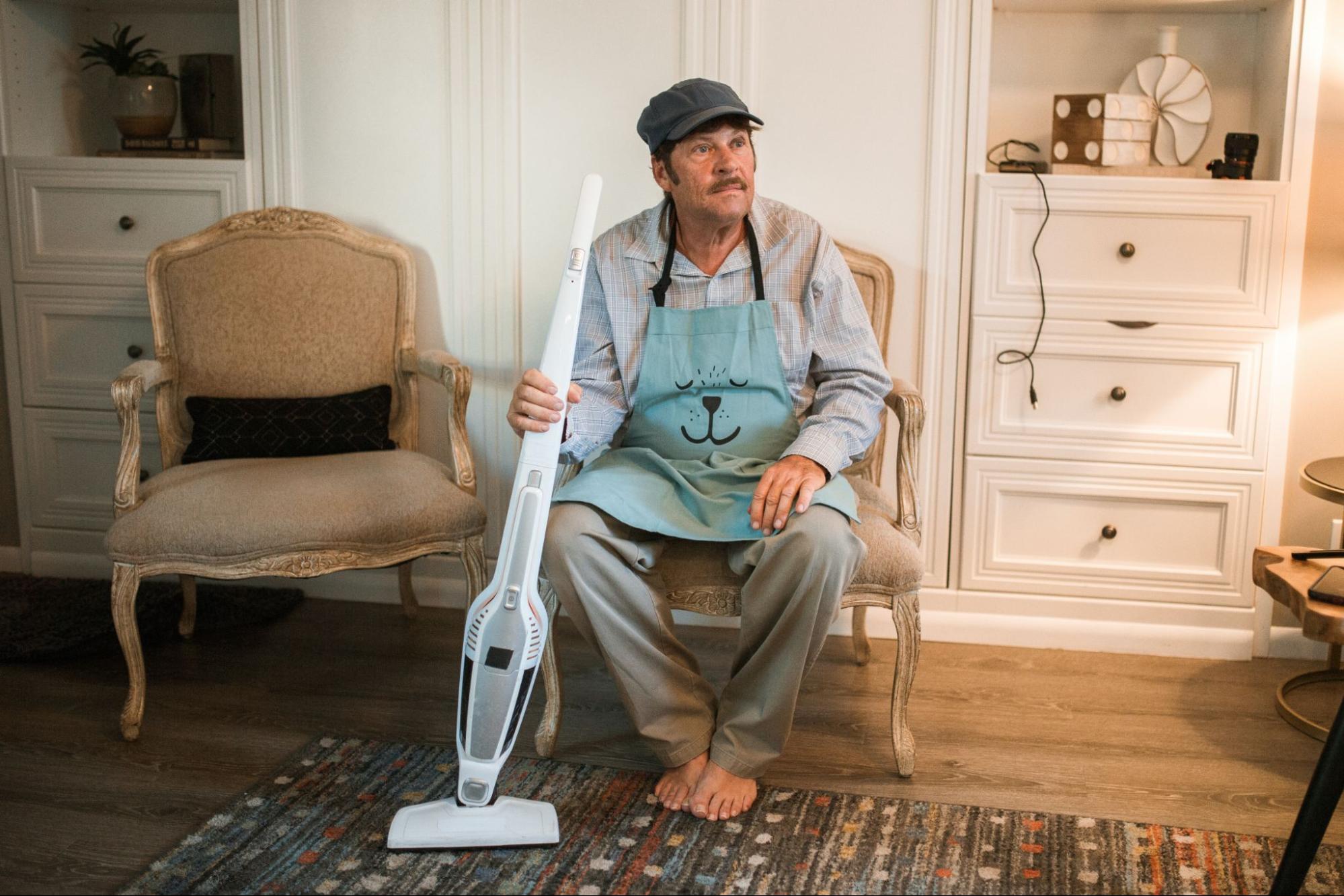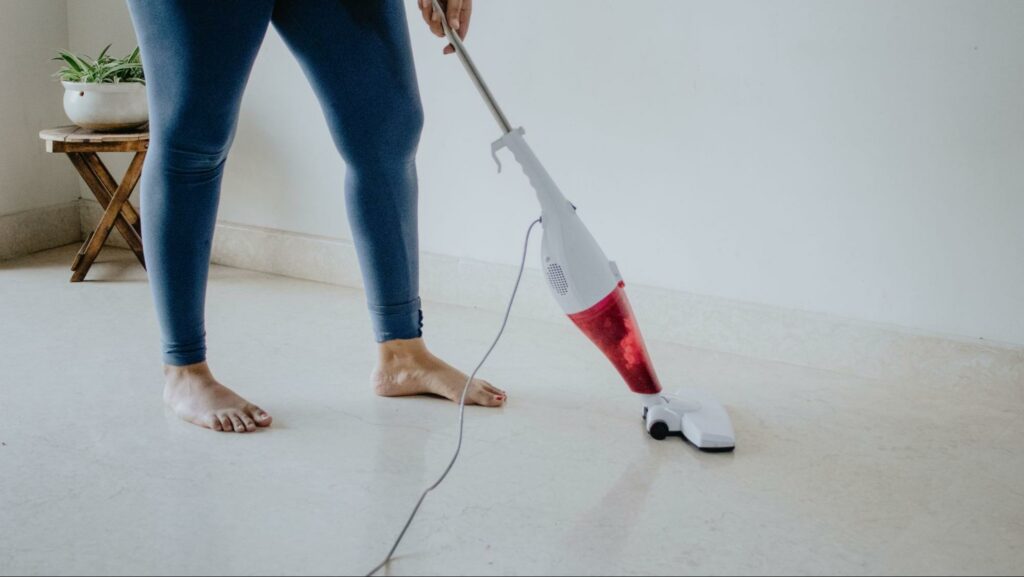Cleaning fish tank gravel without a vacuum can be a bit of a challenge, but with the right technique and tools, it’s definitely possible. Whether you don’t have access to a vacuum or simply prefer not to use one, there are alternative methods that can effectively clean your fish tank gravel.
One method involves using a siphon hose and bucket. Start by filling the bucket with clean water and treating it with a dechlorinator if necessary. Submerge one end of the siphon hose in the tank, making sure it reaches down into the gravel. Suck on the other end of the hose until water starts flowing out into the bucket. Gently move the hose around in different areas of the gravel to dislodge any debris or waste particles. As the water flows through the hose, it will carry away these unwanted substances.
Table of Contents
ToggleHow to Clean Fish Tank Gravel Without a Vacuum
Cleaning fish tank gravel without a vacuum can be a bit challenging, but with the right method, it can be done effectively. Here are some factors to consider when choosing the right cleaning method for your fish tank gravel:
- Tank Size: The size of your tank plays a crucial role in determining the ideal cleaning method. For smaller tanks, manual techniques like siphoning or using a turkey baster may be more practical. Larger tanks may require more efficient methods like using a gravel cleaner attachment for your aquarium filter.
- Fish Species: Different fish species have different waste production levels and behaviors. Some species produce more waste than others, requiring more frequent and thorough cleaning. Additionally, certain fish may be easily stressed by aggressive cleaning methods, so gentler techniques should be employed.
- Gravel Depth: Consider how deep your gravel bed is before deciding on a cleaning method. Deeper beds may require specialized tools that can reach down to remove debris effectively.
- Tank Decorations: If you have extensive decorations in your tank, such as rocks or plants, you’ll need to choose a cleaning method that won’t disturb them excessively.
- Time Availability: Cleaning your fish tank regularly is essential for maintaining water quality and the health of your fish. However, different methods require varying amounts of time investment. Choose a method that aligns with your schedule and allows you to maintain consistent cleanliness.
- Personal Preference: Ultimately, choose a cleaning method that you feel comfortable with and suits your personal preferences as an aquarium owner.
Gathering Necessary Supplies
When it comes to cleaning fish tank gravel without a vacuum, gathering the necessary supplies is an important first step. Here’s a breakdown of what you’ll need:

- Buckets: You’ll need at least two buckets—one for holding the dirty water and another for clean water. Make sure they are clean and designated solely for aquarium use.
- Gravel siphon: While we won’t be using a traditional vacuum, a gravel siphon can still come in handy. This tool allows you to easily remove debris from the gravel without disturbing your fish or plants.
- Hose or tubing: To create the suction needed for the gravel siphon, you’ll need either a hose or flexible tubing that fits securely onto the siphon.
- Water conditioner: It’s essential to treat tap water with a proper water conditioner before adding it back into your tank. This helps neutralize chlorine and other harmful chemicals that could harm your fish.
- Algae scraper or brush: If there’s visible algae growth on your tank walls or decorations, having an algae scraper or brush will make cleaning much easier.
- Clean cloth or sponge: A soft cloth or sponge dedicated to aquarium use will come in handy for wiping down any surfaces during the cleaning process.
- Old credit card or plastic scraper: For stubborn algae spots that won’t budge with just a cloth, an old credit card or plastic scraper can be used to gently scrape them off without scratching glass surfaces.
- Optional: Fish net and container: If you have delicate fish species that may get stressed during cleaning, having a fish net and separate container available can help temporarily relocate them while you clean their habitat.
Now that we’ve covered why it’s important to clean fish tank gravel and discussed alternative methods, let’s dive into the process of removing the gravel from your fish tank without using a vacuum. Here are a few steps you can follow:
- Prepare your workspace: Before starting, ensure you have a clean and spacious area to work in. Find a suitable container or bucket where you can temporarily transfer the gravel.
- Gather your supplies: You’ll need a small net or sieve with fine mesh, which will help separate the gravel from any debris or waste. Additionally, have a clean cloth or towel nearby for drying off the wet gravel before returning it to the tank.
- Empty the water: Begin by carefully siphoning out a portion of water from your fish tank into another container. This will allow you to access and remove the gravel more easily.
- Scoop out the gravel: Using your net or sieve, gently scoop up small amounts of gravel at a time from different areas of the tank. Be cautious not to disturb any plants or decorations while doing so.
- Rinse and dry: Once you’ve collected enough gravel in your net, rinse it under running water to remove any dirt or residue. Then place it on the cloth or towel to dry briefly before returning it back into the tank.
- Repeat until finished: Continue this process until you’ve removed all desired amounts of gravel from your fish tank.
Remember, patience is key when cleaning fish tank gravel without a vacuum as it may take some time depending on how much gravel needs cleaning.
By following these steps, you can effectively remove and clean your fish tank’s gravel without relying on a traditional vacuum system.
Cleaning the gravel in a fish tank is an essential part of maintaining a healthy and clean environment for your aquatic pets. Without proper cleaning, debris, waste, and excess food can accumulate in the gravel, leading to poor water quality and potential harm to your fish. In this section, I’ll share some effective methods for cleaning fish tank gravel without using a vacuum.
- Manual siphoning: One of the simplest ways to clean the gravel is by manually siphoning out debris using a hose or tube. Start by filling a bucket with conditioned water from the tank. Next, submerge one end of the hose or tube into the tank, allowing it to fill with water. Place your finger over the open end and position it just above the gravel surface. Release your finger and let gravity create suction as you move along the substrate, lifting any accumulated waste.
- Using a turkey baster: If you have a smaller tank or spot-clean specific areas, a turkey baster can be quite handy. Squeeze out any air before submerging it into the tank water. Point it towards the targeted area on top of the gravel and release slowly to suck up debris while avoiding excessive disturbance to beneficial bacteria living in your aquarium’s ecosystem.
- Gravel rinsing: Another effective method is rinsing small portions of gravel at a time under running tap water (make sure it’s free from chlorine). Gently stir through each portion of gravel while allowing dirt particles to float up and wash away with wastewater until clear water flows through.
Remember these important tips when cleaning fish tank gravel:
- Clean only about 25% of your aquarium’s substrate during routine maintenance.
- Avoid removing all gravel at once as it houses beneficial bacteria crucial for biological filtration.
- Never use soap or harsh chemicals when cleaning aquarium equipment as they can be toxic to fish.
- Regularly monitor water parameters like ammonia, nitrite, nitrate levels, and pH to ensure a healthy aquatic environment.
By following these gravel cleaning methods and tips, you’ll be able to maintain a clean and thriving fish tank without the need for a vacuum. Happy fishkeeping!
Rinsing and Re-Adding the Gravel to the Tank
Once you’ve thoroughly cleaned your fish tank gravel, it’s time to rinse it and put it back into the tank. Follow these steps to ensure a successful re-addition of the gravel:
- Rinse the Gravel: Take a clean bucket or basin and place a small amount of gravel in it. Fill the container with water from your tap, making sure to cover the gravel completely. Gently stir the gravel around in the water, allowing any remaining debris or dirt to loosen up.
- Drain and Repeat: Carefully pour out the dirty water, being cautious not to lose any of the gravel. Refill the container with fresh water and repeat this rinsing process until you notice that the water runs clear after stirring.
- Inspect for Residue: After each rinse, examine a handful of gravel for any signs of residue or cloudiness. If you still see dirt particles clinging to some pieces, continue rinsing until all traces are removed.
- Transfer Back Into Tank: Once you’re satisfied with how clean your fish tank gravel is, carefully transfer it back into your empty aquarium using a net or scoop designed for this purpose. Be gentle when pouring in order to avoid disturbing any other decorations or equipment already present in your tank.
- Spread Evenly: Spread out the gravel evenly across the bottom of your tank, creating an even layer without any large clumps or mounds that could create uneven areas for waste buildup.
- Add Water Slowly: Slowly fill your aquarium with dechlorinated tap water or pre-conditioned fresh saltwater if you have a marine setup. Pouring too quickly can cause disturbance and unsettle newly added substrate.
- Monitor Water Parameters: After refilling your tank, closely monitor its parameters such as temperature, pH levels, ammonia levels, and nitrate levels. Any sudden changes could stress or harm your fish.

